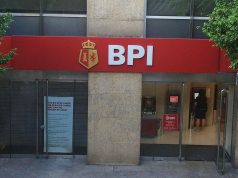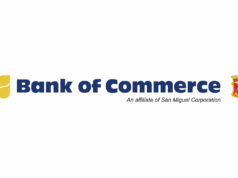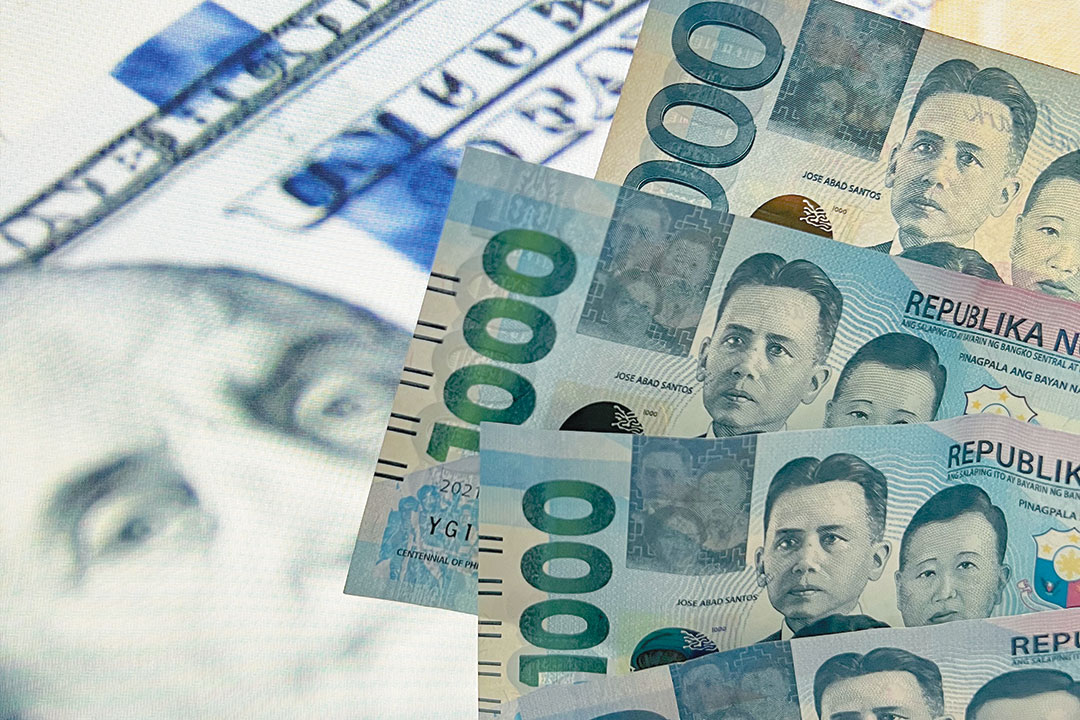Philippine banks to see ‘robust’ credit growth as rates go down

PHILIPPINE BANKS may see strong demand for loans until next year as the economy remains strong and as borrowing costs continue to go down amid manageable inflation, S&P Global Ratings said.
“Credit growth should stay robust,” S&P Global Primary Credit Analyst Nikita Anand said in a report released on Nov. 12. “Strong economic growth and lower inflation and interest rates will support credit demand.”
The banking sector’s loans are likely to expand by 11%-13% this year and next, mainly driven by the retail sector.
Outstanding loans of universal and commercial banks grew by 10.5% year on year to P13.704 trillion at end-September, the slowest expansion seen since the 10.4% in July 2024.
However, as banks ramp up their lending to the consumer sector, asset quality could take a hit, which would also drive up credit costs, S&P Global said.
“A rising share of higher-risk (and higher-yielding) unsecured consumer loans and global uncertainties could lead to a manageable deterioration in the nonperforming loan ratio and keep credit costs elevated,” it said. “Large corporates, which form the bulk of the sector’s loan portfolio, should remain resilient.”
“We expect the sector’s credit costs to stay elevated at 0.7%-0.8% of gross loans over the next two years. This level, while lower than peers, is slightly higher than the five-year pre-pandemic average of 0.5%.”
Philippine banks’ gross nonperforming ratio was at 3.31% in September, the lowest level seen in six months or since the 3.3% in March. It likewise eased from 3.5% in August and 3.47% in September 2024.
S&P Global also flagged risks stemming from the property market.
“Philippine banks have sizable exposure to the real estate sector at about 20% — one-third of this is housing loans and the remaining two-thirds is to the commercial real estate sector. Any significant deterioration in the sector will affect banks’ asset quality,” it said.
“We see some pockets of risk; there is an oversupply in the condominium market and office space in Metro Manila, for example. However, spillover to the broader sector will likely be limited. We believe the decline in interest rates will help borrowers and contain any spike in nonperforming loans.”
Still, lenders have enough buffers against risks, the debt watcher said.
“Philippine banks are well positioned for growth with a sound capital position (15.7% Tier 1 ratio). They also maintain adequate provisioning. These provide a buffer against indirect tariff effects such as lower global economic growth, uncertainty, and hits to confidence,” S&P Global said.
This would help boost their profits, although it expects the sector’s return on average assets to fall to 1.4% this year and in 2026 from about 1.5% last year.
“Banks’ profitability could edge down as margin expansion dissipates… A higher share of unsecured loans and cuts to operating expenses may offset the impact of potential rate cuts,” it added.
S&P Global expects the Bangko Sentral ng Pilipinas (BSP) to cut rates further to 4% until next year from 4.75% currently as inflation stays moderate.
“This should also help contain asset-quality risks emanating from rising household leverage,” it said.
The central bank has cut interest rates by 175 basis points (bps) since it began its easing cycle in August 2024.
The market widely expects a fifth straight 25-bp cut at the Monetary Board’s Dec. 11 policy meeting and more reductions next year.
BSP Governor Eli M. Remolona, Jr. has said they see the need for more policy accommodation to support the Philippine economy amid weakening consumer and investor confidence due to a corruption scandal involving government infrastructure projects.
The scandal, which caused slower government spending, was the main reason behind the weak gross domestic product (GDP) growth logged last quarter. Expansion slowed to an over four-year low of 4% in the period from 5.5% in the second quarter and 5.2% in the third quarter of 2024.
For the first nine months, GDP expansion averaged 5%, putting the government’s 5.5%-6.5% full-year growth target further out of reach.
S&P Global kept its growth forecast at 5.6% for this year and 5.8% for next year.
“Domestic consumption drives the Philippine economy,” it said. “It is less exposed to cross-border trade and, thus, to geopolitical strains that could weaken trade prospects.” — Katherine K. Chan



